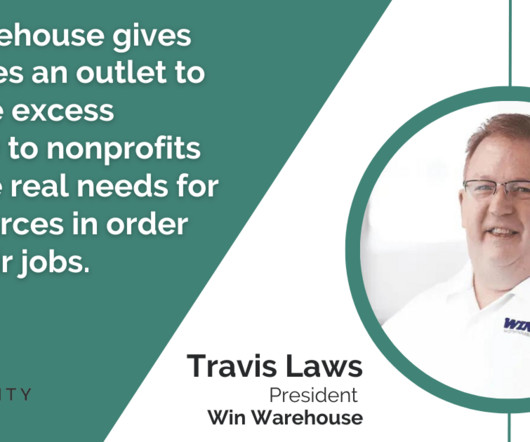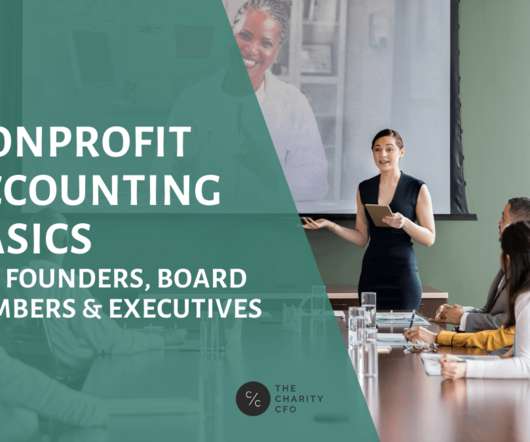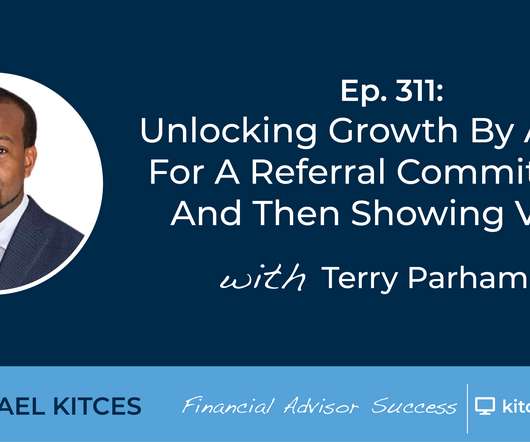A Modern Nonprofit Podcast: Talking Through WIN-WIN (Warehouse) Scenarios
The Charity CFO
OCTOBER 13, 2023
The mission is simple, to connect nonprofit organizations with corporate excess inventory. WIN Warehouse Catalog To clarify, WIN Warehouse is a nonprofit organization, which is key to how everything works. In essence, corporations have the need to get rid of old supplies and nonprofits need the supplies to go about business function.














Let's personalize your content